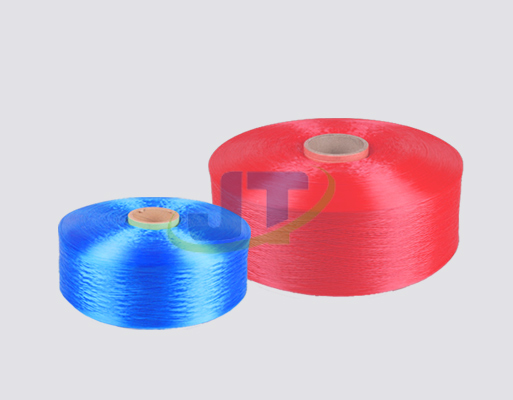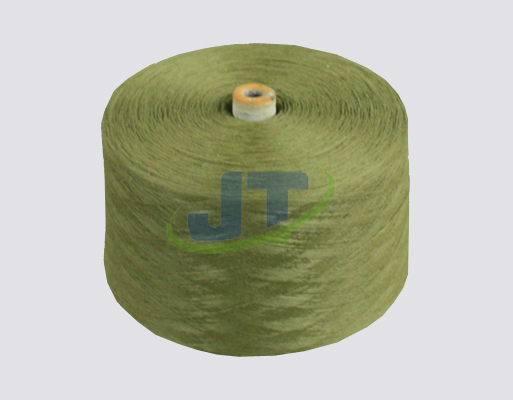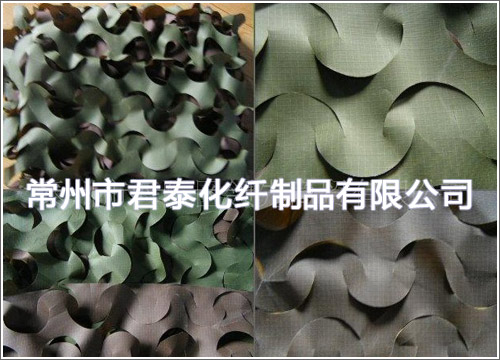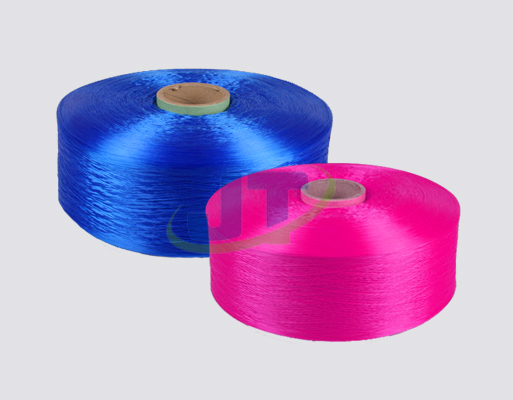

- Tel:0086-519-83783531
- cel:0086-13961177625
- E-mail:jianglijing1022@126.com
- add:cheng zhang Jia zeTown Wujin District, Changzhou City, Jiangsu Province
The Keqiao District, Zhejiang Shaoxing, is a centralized area of Asia's largest printing and dyeing and dyeing and dyeing industries. There are nearly 200 printing and dyeing factories, printing dyeing capacity accounts for 40% of the country. Such "printing and dyeing towns" recently suddenly stopped production, giving a short impact on the entire printing and dyeing textile industry chain, what is the current status of these printing and dyeing plants and textile mills?
Multi-place printing and dyeing plant power-off and television factory is less than 50%
At a textile factory in Keqiao District, Shaoxing City, Zhejiang Province, is affected by the restricted battery limit, and the opening is less than half the workshop. Most workers have to stop working on holiday.
In the workshop of this textile factory, the area machine is running normally, but the other side is very obvious, not only the machine is stopped, but also has a large amount of stock, but also the person in charge of the factory also told reporters. It used to be worried because there is no order, and now there is an order, it is also worried. What is this because what?
It is understood that from September 22, nearly 200 printing and dyeing plants in Keqiao District were basically limited, and they continued until the end of September. The printing and dyeing factory is the intermediate link connecting the upstream textile factory and downstream garment factory. The fabric produced by the textile factory has been sold to the downstream apparel factory after the printing and dyeing plant processing. Therefore, the printing and dyeing plant is discontinued and will directly affect the progress of the delivery of upstream textile factories and downstream traders.
Tang Liang, general manager of Zhejiang Shaoxing, said that because the dye is limited, leading to overseas orders, can't be delivered, and it needs to be air, the cost is greater. For example, the sea freight fee is 10,000 yuan, and the air freight will be 160,000 yuan, and the sale can only be only five or six thousand yuan a ton. In this case, they have to lose money per ton.
On the one hand, it is facing a limited property, not orders; on the other hand, the cost of the textile factory is also continuous. Since this year, shipping costs have risen, and the transportation cost of overseas orders has risen; at the same time, because the production capacity growth in domestic textile industry has grown too fast, the rapid growth of raw materials, leading to in short supply, the price continues to rise.
In fact, it is not only Zhejiang Shaoxing. At present, there are currently a limit of limited production and energy saving and emission reduction, and most printing and dyeing plants, textile factories are facing different levels of discontinuation.
Increased production capacity in the printing and dyeing and dyeing industry
Since last year, due to overseas epidemic cause, large-scale textile orders reflux, domestic printing and dyed textile industries are fast, and it is currently overcapacity, stock high. Recently, because of the printing and dyeing factories and textile mills, these textile mills have compressed, and inventory begins falling from the high position.
Zhao Wei is the person in charge of Zhejiang Shaoxing's textile trading company. Recently, because of the upstream weave mill and dye factory discontinued, the product supply could not keep up, and their stock has dropped from 50,000 tons from last month to 30,000 tons. about. He said that inventory declines very quickly, because the downstream learned that the news is rising, supply and demand may be nervous, and the amount of customers will increase. Usually one day shipments are about 1,000, recently 1,800, 2000.
It is understood that the textile industry has long been prepared for a long time. Because the recent rapid increase in raw material costs and improved supply and demand relations, sales prices have also begun to rise slightly. Zhao Wei said that because the cost of the upstream is also increasing, dyed fees, the cost of weaving will also increase, so the overall cost will rise, and sales will also be adjusted.
In fact, from last year, the price of textile raw materials has begun to rise rapidly. In September this year, in September this year, the price of cotton has increased by more than 50%, and some chemical prices have increased by more than 60%. Recently, because the production capacity of textile mills is limited, the demand is reduced, and these raw materials prices have gradually tightened.
Wang Zhuhui, the head of Zhejiang Yiwu Knitting Industrial Park, said that now raw materials, including spandex from 30,000 yuan to more than 120,000 yuan per ton, which is very pressure to their clothing companies. This country has taken the commissary policy, although it is temporarily difficult for SMEs, but from a long-term perspective, it is a very good policy.
In addition, the dye industry has affected the same estate, in the most concentrated Shangyu District of Zhejiang, Shaoxing, the most concentrated in the dye industry, is 35% of the dye enterprises, causing the dye price to start rapidly. Take the largest dispersed black ECT300% in the market. In September, the factory price is 23 yuan per kilogram. Now the factory price is 30 to 35 yuan per kilogram, and the increase of more than 30%.
Xu Changjin, chairman of the Shanghai dye chemical industry, and said that the price increase of the dye is first in the raw materials, the commodity commodity promotion, and this secondary production superimposed can lead to no supply, next to the power of dye price increase Big big. He expects to truly begin extending, including intermediary inventory consumption, may be greater before and after November.
- Let's take a look at the diversi
- China is directly facing the imp
- What are the core advantages of
- In November, the decline in Chin
- What is the value of Polypropyle
- The 2025 Textile Industry Discip
- The core performance advantages
- Black Friday is becoming a perfo
- Why has polypropylene high-stren
- The global trade landscape is un




